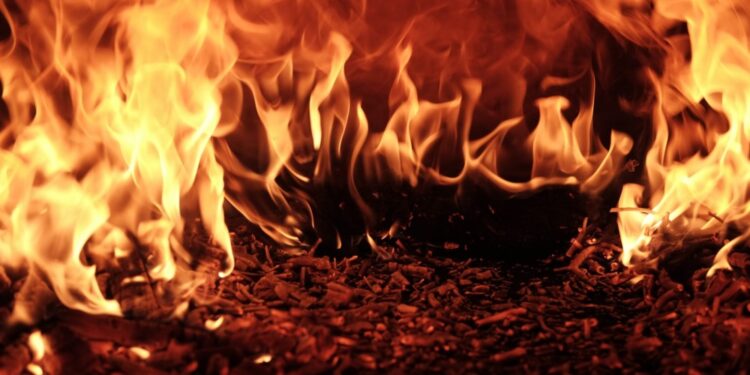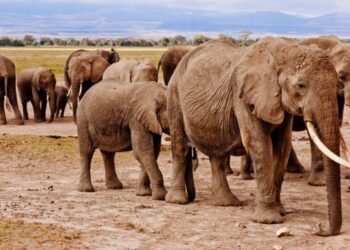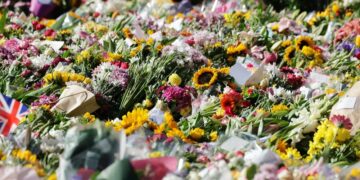Cremation is a method of final disposition of a dead body through burning (combustion). Cremation may serve as a funeral or post-funeral rite and as an alternative to the burial or interment of an intact dead body. Cremation is commonly carried out with a closed furnace (cremator), at a crematorium.
Cremation leaves behind an average of 2.4 kg of remains, known as “ashes” or “cremains”. This is not actual ash but unburnt fragments of bone mineral, which are commonly ground down into powder. They do not constitute a health risk and may be buried, interred in a memorial site, retained by relatives or scattered in various ways.
Cremation in Kenya is still considered a taboo in some communities, but is gradually being accepted as an alternative to burial. Also some religious teachings oppose cremation. But the ever increasing cost of burial space, and the long and costly procedure involved in burials has seen some people opting for cremation.
Reasons for choosing cremation
Here are some of the reasons why people opt for the remains or those of their loved ones to be cremated.
- Cremation is a more simple disposition method to plan than a burial funeral. This is because with a burial funeral one would have to plan for more transportation services for the body as well as embalming and other body preservation methods. With a burial funeral one will also have to purchase a casket, headstone, grave plot, opening and closing of the grave fee, and mortician fees. Cremation funerals only require planning the transportation of the body to a crematorium, cremation of the body, and a cremation urn.
- The cost factor tends to make cremation attractive. Generally speaking, cremation is cheaper than a traditional burial service, especially if direct cremation is chosen, in which the body is cremated as soon as legally possible without any sort of services.
- Cremation is also preferred because of simple portability. Survivors relocating to another city or country have the option of transporting the remains of their loved ones with the ultimate goal of being interred or scattered together.
- The thought of a long and slow decomposition process is unappealing to some people who prefer cremation because it disposes of the body instantly.
- Cremated remains can be scattered or buried. Cremation plots or columbarium niches are usually cheaper than a traditional burial plot or mausoleum crypt, and require less space. Some religions, such as Roman Catholicism, require the burial or entombment of cremated remains. It is also very common to scatter the remains in a place the deceased liked – such as the sea, a river, a beach, a park, or mountains, following their last will.
Methods of retaining or disposing of the cremated remains
Cremated remains can be kept in an urn, stored in a special memorial building (columbarium), buried in the ground at many locations or sprinkled on a special field, mountain, or in the sea. In addition, there are several services in which the cremated remains will be scattered in a variety of ways and locations.
Cremated remains may also be incorporated, with urn and cement, into part of an artificial reef, or they can also be mixed into paint and made into a portrait of the deceased. Some individuals use a very small amount of the remains in tattoo ink, for remembrance portraits. Cremated remains can be scattered at any place, but for public places a permit may be required.
The cremated remains may also be entombed. Most cemeteries will grant permission for burial of cremated remains in occupied cemetery plots that have already been purchased or are in use by the families disposing of the cremated remains without any additional charge or oversight. Cremated remains can also be turned into synthetic diamonds which can then be made into jewelry.
The process of cremation in Kenya
Here are the steps for cremation in Kenya.
- The family must obtain proper authorization, a signed and stamped death notification and burial permit.
- A written consent from the family of the deceased must be made.
- The family makes a booking at the crematorium 24/48 hours in advance before the intended cremation. Most crematoria require full payment to be made first.
- The attendants will make sure that the crematorium is cleaned.
- Depending on the method of cremation, the attendants will ensure that the necessary materials are avails. For instance, electric kiln will require sufficient diesel and if it’s firewood, then enough stock will be required.
- When a hearse arrives, there is a short session for prayers.
- The body is required to be inside a coffin or a combustible container.
- The body is then transferred onto a trolley and then wheeled to the cremation chamber, also known as retort.
- Families can choose to have their relatives cremated at an open kiln as they watch or at a closed one.
- The family can also select one member to light the fire.
- The chamber is preheated at a set point and then the body is quickly transferred there through a mechanized door to avoid heat loss.
- A body requires about 40 litres of diesel to burn fully, and the temperature is usually about 1,000 to 2,000 degrees celsius.
- The time required for cremation varies from body to body, with the average being 90 minutes for an adult body.
- During incineration, the body is exposed to a column of flames produced by a furnace.
- The heat dries the body, burns the skin and hair, contracts and chars the muscles, vaporizes the soft tissues, and calcifies the bones so that they eventually crumble. The gases released during the process are discharged through an exhaust system. There is usually no smell because the emissions are processed to destroy the smoke and vaporize the gases that would smell.
- Some crematoria have a secondary afterburner to help burn the body completely. Otherwise, the cremation technician may have to crush the partially cremated remains with the help of a long hoe-like rod.
- The cremation remains are usually pasty white in colour. These remains are transferred in a cremation urn and given to the relative or representative of the deceased. If you do not have an urn, the crematorium may return the ashes in a plastic box or default container.
The cost of cremation in Kenya
The cost of cremation in Kenya ranges from Ksh 10,000 to Ksh 100,000. The differences in cremation prices depend on where the body is being cremated, the materials used in the exercise, and whether the deceased is an infant, a child or adult.
















Question please can one pay in advance to be cremaated later